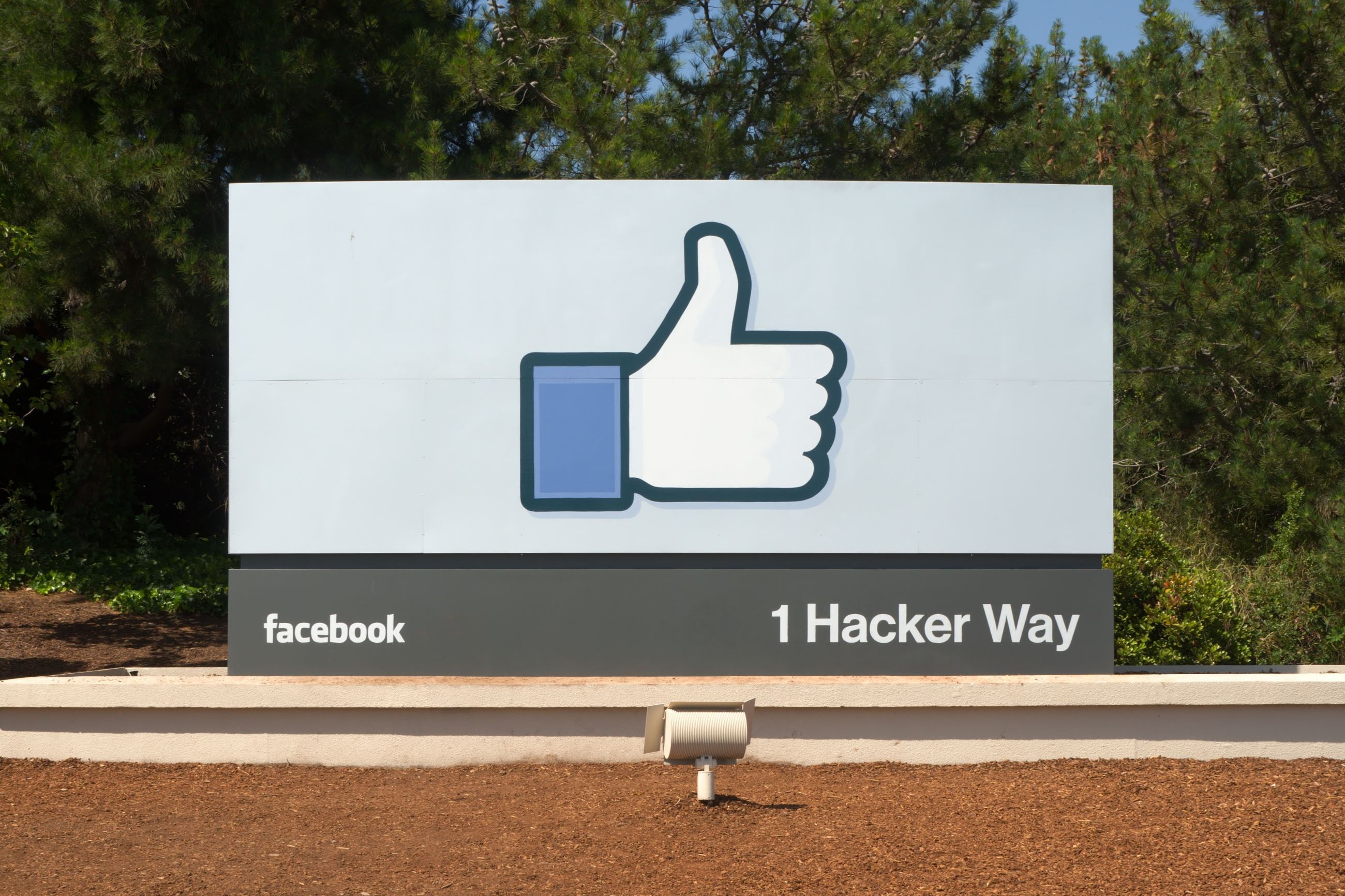
Facebook Live for pharma? Not as difficult as you might expect, strategist says
Print
16 December 2016
Beth Snyder Bulik / FiercePharmaMarketing

Marketers are taking to Facebook Live en masse, but can live social video work as a marketing tool for pharma? Yes, experts say—and it might be easier than expected.
Dave Wieneke, digital strategy practice director at Connective DX, recently wrote a column about the benefits of Facebook Live for healthcare marketers and spoke to FiercePharma about specific ways pharma companies can use it.
The easier-than-expected part is that pharma marketers can and should build on live content they already use. For instance, pharma companies could use Facebook Live to stream conference speeches by key opinion leaders with added interactive elements, such as a question-and-answer session after. Earnings calls and disease awareness events including charity walks are another way of using content they already create to reach a targeted group of interested people.
“While a charity walk wouldn’t be broadcast anywhere else on earth, on Facebook, to the friends and supporters of the people walking, it is highly relevant,” Wieneke said.
The recent Novartis Facebook Live chat with Queen Latifah about heart disease is another good example of a “safe” experiment where pharma can engage with patients and caregivers through disease awareness and community building, he said. Patient stories in general are a good use of Facebook Live in both the initial broadcasting and in the ability to access those authentic social stories later, he said.
Another bonus to Facebook Live is audience building. During any particular session, viewers can click to follow all future Live sessions from the marketer.
In general healthcare, Wieneke noted several hospitals including the Mayo Clinic, UNC Healthcare and Children’s Hospital of Wisconsin successfully using Facebook Live with live-streaming events such as “ask a doctor” sessions, lectures, fundraisers, and guided tours. UNC Healthcare, in fact, reported results of its Facebook Live streaming that included a 480% increase in daily interactions and a 75% increase of page likes in the first six months. One of its live chats about the Affordable Care Act has been replayed more than 2,000 times.
“Video is becoming a gold standard both because it’s being used so much but also because the engagement it’s generating is higher than the image engagement,” Wieneke said.
The risks, which pharma companies tend to fall back on when it comes to new forms of media, are more about being live than the use of video. Potential comments made during interactive sessions around off-label use, incorrect information, or the reporting of an adverse event, for example, are the same risks as at any live event, he said.
“Conservative businesses of all kinds, whether financial service or pharma that are highly regulated, tend to have these brands that can feel kind of impersonal and locked down—part of that because they’re so controlled. This is really a nice opportunity to put human stories and faces in front in a way that seems spontaneous and not the happy people you see on the paid advertisements on television,” Wieneke said.
All Portfolio
MEDIA CENTER
-
The RMI group has completed sertain projects
The RMI Group has exited from the capital of portfolio companies:
Marinus Pharmaceuticals, Inc.,
Syndax Pharmaceuticals, Inc.,
Atea Pharmaceuticals, Inc.

